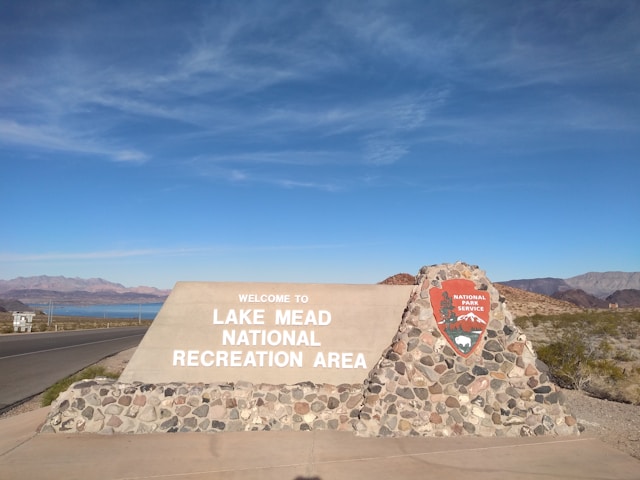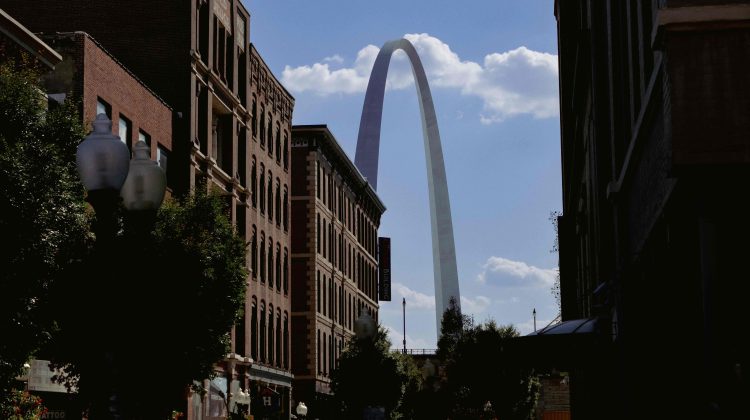Lake Mead National Recreation Area is known for its breathtaking landscapes, expansive waters, and a variety of outdoor activities, making it one of the most popular destinations in the United States. However, beneath this scenic beauty lies a harsh reality: Lake Mead is consistently ranked as the deadliest national park in the country.
To better understand why, the Las Vegas law firm, Valiente Mott, conducted a comprehensive study of deaths at Lake Mead from 2007 to 2024, shedding light on the factors that contribute to this tragic distinction.
The Deadly Allure of Water Activities
One of the most significant factors contributing to the high fatality rate at Lake Mead is the prevalence of water-related activities. The park’s vast reservoir is a magnet for boating, swimming, and other water sports enthusiasts. However, these activities come with inherent risks, and the statistics paint a sobering picture:
Swimming
Swimming is the park’s deadliest activity with a total of 79 fatalities. Lake Mead’s strong currents, rapid winds, and large swells pose a threat to even the strongest swimmers. Of the total swimming deaths, 72 of them were caused by drowning. Most drownings occur during swimming, often in areas with no lifeguards. Alarmingly, the vast majority of drowning victims were not wearing life jackets, which could have saved their lives.
Vessel-Related Incidents
Vessel-related incidents are another significant cause of fatalities with a count of 27 deaths. High speeds, alcohol consumption, and inexperienced operators contribute to deadly boating accidents. Even on calm days, the waters of Lake Mead can be deceptively dangerous.
Extreme Weather Conditions
Lake Mead’s location in the Mojave Desert means visitors are often exposed to extreme weather conditions. The intense heat, particularly in the summer months, poses a severe risk to anyone not adequately prepared:
Hyperthermia
The scorching desert sun can quickly lead to hyperthermia, a condition where the body overheats. This can be deadly, especially for hikers and boaters who underestimate the desert’s harsh environment. Hyperthermia has claimed several lives at Lake Mead, especially during the peak summer season.
Sudden Weather Changes
The weather at Lake Mead can be unpredictable. Sudden storms can create hazardous conditions for boaters, with high winds and rough waters leading to accidents and fatalities.
Challenging Terrain and Road Conditions
The rugged terrain and challenging road conditions within Lake Mead National Recreation Area also contribute to its high fatality rate:
Driving Related Incidents
With 75 driving-related deaths, motor vehicle accidents are a significant contributor to the park’s fatalities. The park’s roads can be treacherous, with winding paths, sharp turns, and limited visibility. Many accidents are the result of driver error, including speeding and driving under the influence.
Hiking Dangers
While Lake Mead offers stunning hiking opportunities, the trails can be dangerous, especially for those unprepared for the desert’s challenges. Hikers have succumbed to falls and dehydration.
Medical Emergencies and Lack of Immediate Care
The remote location of Lake Mead can make it difficult for visitors to receive immediate medical attention, which is another factor in the park’s high fatality rate:
Some deaths at Lake Mead are attributed to medical emergencies, such as heart attacks, that occur far from medical facilities. The delay in receiving medical care can turn a survivable event into a fatal one.
The Human Factor
Another key factor is human behavior. Visitors often underestimate the risks or overestimate their abilities when engaging in activities at Lake Mead. Alcohol consumption, ignoring safety warnings, and venturing into restricted areas all contribute to the park’s high fatality rate.
Despite the well-documented dangers, many visitors fail to take basic safety precautions. Whether it’s not wearing a life jacket while swimming or not bringing enough water on a hike, these oversights can have deadly consequences.
Awareness and Preparation Are Key
Lake Mead’s status as the deadliest national park is a sobering reminder of the importance of preparation and awareness when visiting natural sites. While the park offers incredible beauty and recreational opportunities, it also demands respect for its dangers.
Visitors should always prioritize safety, follow park guidelines, and be aware of the risks. Simple actions like wearing a life jacket, staying hydrated, and avoiding alcohol can make the difference between a safe visit and a tragic one. By understanding the factors that contribute to Lake Mead’s high fatality rate, we can all take steps to ensure that our time at this stunning national treasure is both enjoyable and safe.




No Comment